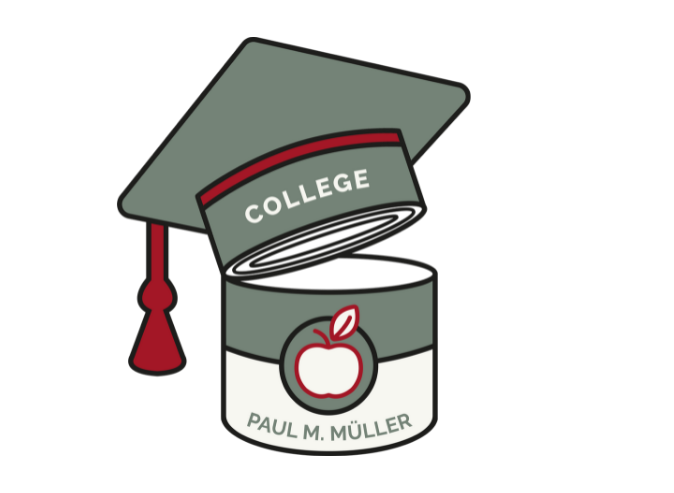PMM College Part 2: Our new commodity knowledge for trainees, professionals and all those interested. This time it’s all about the meaning and the difference between the best-before date (BBD) and the use-by date.
Important: The best before date is not a throwaway date! On the contrary, it is a quality date and has been valid for food in Germany since 1981. EU-wide, it has been regulated since 2011. The best-before date is easily legible for consumers and is marked on almost all foods.
Exceptions apply, for example, to vinegar, table salt, high-proof alcohol (more than 10 percent by volume), but also to wine, sugar in solid form and chewing gum as well as fresh fruit, vegetables and certain baked goods.
Manufacturers use the best-before date to indicate until which date – i.e. how long – the respective food retains its product-specific properties. This concerns the appearance, smell, taste and consistency. This means that the quality characteristics described above are guaranteed by the manufacturer under the specified storage conditions.
Canned goods allow a special advantage due to their long best-before date, usually for years. For example, canned goods from Paul M. Müller such as ADRIA pears or ADRIA tomatoes offer a minimum shelf life of up to 3 years from production.
In most cases, however, the food is still edible even after the best-before date has passed and should not be thrown away straight away. Instead of throwing it away, the consumer should first smell and try it, then decide.
On the other hand, there is the use-by date, which must be indicated on perishable foods such as minced meat, poultry meat or raw milk. Important: Such foodstuffs with an expired use-by date may no longer be sold and should not be consumed under any circumstances.
More information in our glossary.
